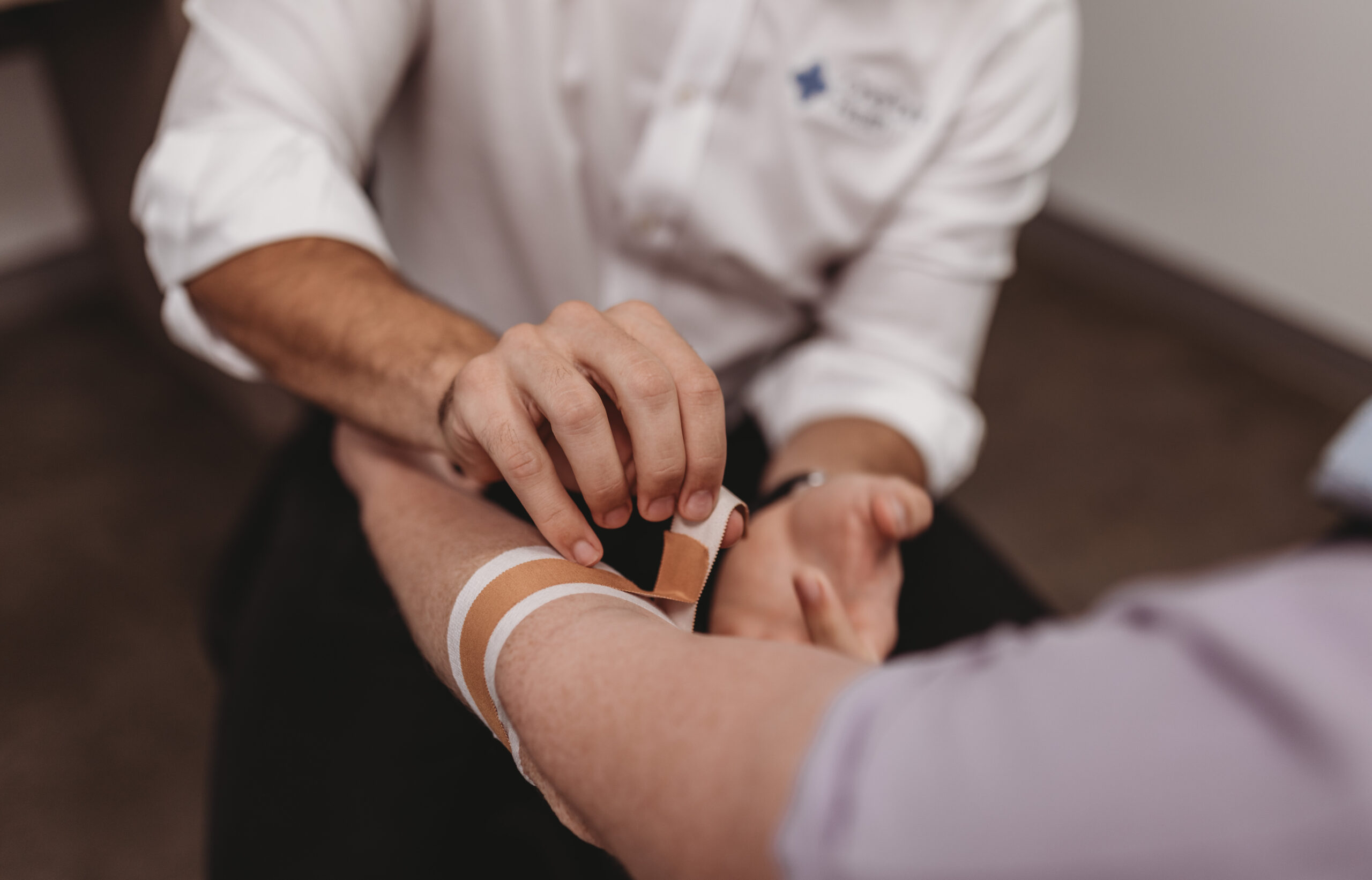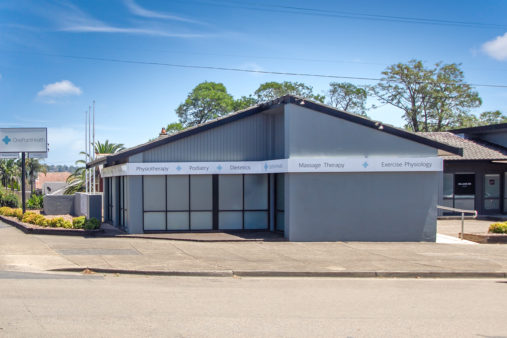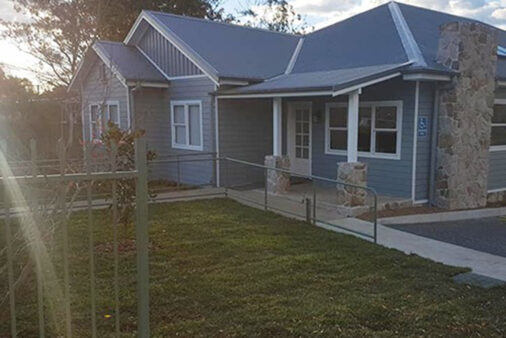Golfer’s elbow, a painful condition caused by overuse and repetitive strain of the forearm muscles, can be effectively treated through rest, medication, physiotherapy and lifestyle modifications if diagnosed early.
What is Golfer’s Elbow
Golfer’s elbow, also known as medial epicondylitis, is a condition that causes pain and inflammation on the inner side of the elbow. Repetitive motions or overuse of the forearm muscles, such as those involved in gripping or swinging a golf club typically causes it.
Several risk factors can contribute to the development of golfer’s elbow, or medial epicondylitis. These include:
- Repetitive motions: Engaging in repetitive activities that involve gripping, swinging, or throwing can strain the forearm muscles and increase the risk of developing golfer’s elbow.
- Sports and activities: Participating in sports such as golf, tennis, baseball, or weightlifting that involve repetitive wrist and forearm movements can increase the risk.
- Improper technique: Using incorrect form or technique during sports or activities can put excessive stress on the forearm muscles and increase the likelihood of developing golfer’s elbow.
- Age and gender: Golfer’s elbow is more common in individuals between the ages of 30 and 50. Men are also more likely to develop this condition compared to women.
- Occupational factors: Certain occupations that involve repetitive hand and wrist movements, such as carpentry, plumbing, or painting, can increase the risk of golfer’s elbow.
- Poor conditioning: Insufficient strength and flexibility in the forearm muscles can make them more susceptible to injury and strain.
- Previous injuries: Prior injuries to the elbow or forearm can weaken the muscles and increase the risk of developing golfer’s elbow.
While these factors can increase the likelihood of golfer’s elbow, it is important to note that anyone engaging in repetitive activities can be at risk. Taking preventive measures, such as using proper technique, taking breaks, and maintaining forearm strength and flexibility, can help reduce the risk of developing this condition.
Symptoms of Golfer’s Elbow
The symptoms of golfer’s elbow, or medial epicondylitis, typically include pain and tenderness on the inner side of the elbow. This pain may radiate down the forearm and worsen with certain movements, such as gripping or flexing the wrist. Other common symptoms may include stiffness, weakness, and difficulty in fully extending the arm. If you are experiencing these symptoms, it is advisable to consult with a healthcare professional for a proper diagnosis and guidance on treatment options.
The treatment for golfer’s elbow, or medial epicondylitis, may vary depending on the severity of the condition. Here are some general recommendations:
- Relative rest: Avoid activities that aggravate the symptoms and give your elbow time to heal.
- Pain relief: Over-the-counter pain medications, such as nonsteroidal anti-inflammatory drugs (NSAIDs), may help alleviate pain and reduce inflammation. However, it is important to consult with a healthcare professional before taking any medication.
- Physiotherapy: A Physiotherapist can guide you through exercises and stretches to strengthen the forearm muscles and improve flexibility. They may also use techniques like manual therapy, soft tissue massage or electrical stimulation to promote healing.
- Brace or splint: Wearing a brace or splint can provide support and relieve stress on the affected area particularly if there is also nerve involvement.
- Modification of activities: Avoid or modify activities that worsen the symptoms, such as repetitive gripping or lifting heavy objects.
- Corticosteroid injections: In some cases, a healthcare professional may recommend corticosteroid injections to reduce inflammation and provide temporary relief.
It is important to consult with a healthcare professional for an accurate diagnosis and personalised treatment plan based on your specific condition and needs. They can provide appropriate guidance and monitor your progress throughout the healing process.
Recovery Timeline
The prognosis for golfer’s elbow, or medial epicondylitis, varies depending on the individual and the severity of the condition. In most cases, with proper treatment and adherence to recommended guidelines, the prognosis is positive.
Mild to moderate cases of golfer’s elbow often respond well to conservative treatments such as relative rest, physiotherapy and modifications to activities. With these measures, symptoms can improve within a few weeks to a few months.
However, in some cases, golfer’s elbow may become chronic or persistent despite conservative treatment. In such instances, additional interventions like corticosteroid injections or, in rare cases, surgery may be considered.
It is important to note that individual responses to treatment can vary, and the prognosis may be influenced by factors such as the duration and severity of symptoms, adherence to treatment recommendations, and any underlying contributing factors.
Consulting with a healthcare professional for an accurate diagnosis, appropriate treatment, and guidance on managing and preventing future episodes is crucial for achieving the best possible prognosis. They can provide personalised recommendations based on your specific condition and help monitor your progress throughout the healing process.
While these factors can increase the likelihood of golfer’s elbow, it is important to note that anyone engaging in repetitive activities can be at risk. Taking preventive measures, such as using proper technique, taking breaks, and maintaining forearm strength and flexibility, can help reduce the risk of developing this condition.
Preventing Re-injury
The risk of re-injury for golfer’s elbow, or medial epicondylitis, can vary depending on several factors, including the severity of the initial injury, adherence to proper rehabilitation, and lifestyle choices. Here are some factors that may increase the risk of re-injury:
- Returning to activities too soon: Not allowing sufficient time for the injured elbow to heal and recover can increase the risk of re-injury. It is important to follow the recommended rest and rehabilitation guidelines provided by a healthcare professional.
- Overuse or repetitive motions: Engaging in activities that involve repetitive gripping or straining of the forearm muscles without proper technique or rest can put stress on the elbow and increase the risk of re-injury. It is important to practice proper form and technique, take breaks, and avoid overloading the affected area.
- Inadequate rehabilitation: Failing to properly rehabilitate the forearm muscles and address any underlying weaknesses or imbalances can increase the risk of re-injury. It is important to follow a comprehensive rehabilitation program prescribed by a healthcare professional, including exercises to strengthen and stretch the forearm muscles.
- Poor ergonomics: Engaging in activities or using equipment that puts excessive strain on the forearm muscles can increase the risk of re-injury. It is important to maintain proper ergonomics and use equipment that is appropriate for your body and skill level.
- Failure to address contributing factors: Certain factors, such as poor posture, improper technique, or muscle imbalances, can contribute to the development of golfer’s elbow. Failing to address these factors can increase the risk of re-injury. It is important to identify and address any contributing factors through proper assessment and guidance from a healthcare professional.
Following proper rehabilitation protocols, practicing good technique, and making necessary lifestyle adjustments can minimise the risk of re-injury. It is advisable to consult with a healthcare professional for personalised guidance and recommendations based on your specific condition and needs.
Physiotherapy for Golfer’s Elbow
When visiting a physiotherapist for golfer’s elbow or any other condition, here’s what you can generally expect:
- Assessment: The physiotherapist will begin by conducting a thorough assessment of your condition. They will ask you questions about your symptoms, medical history, and any activities that may have contributed to the injury. They may also perform physical tests to evaluate your range of motion, strength, and flexibility.
- Diagnosis: Based on the assessment, the physiotherapist will provide a diagnosis and explain the underlying causes of your condition. They will discuss their findings with you and answer any questions you may have.
- Treatment plan: The physiotherapist will develop a personalised treatment plan tailored to your specific needs. This plan may include a combination of exercises, stretches, manual therapy techniques, and other modalities to address your symptoms and promote healing.
- Hands-on therapy: Depending on your condition, the physiotherapist may use hands-on techniques such as massage, joint mobilisation, or soft tissue manipulation to alleviate pain, improve mobility, and promote tissue healing.
- Exercise prescription: The physiotherapist will prescribe specific exercises and stretches to strengthen the affected muscles, improve flexibility, and restore normal movement patterns. They will guide you through these exercises and ensure you perform them correctly.
- Education and advice: The physiotherapist will provide you with education and advice on self-management techniques, such as proper posture, ergonomics, and modifications to activities that may aggravate your symptoms. They may also offer guidance on pain management strategies and injury prevention.
- Follow-up sessions: Depending on the severity of your condition, the physiotherapist may recommend a series of follow-up sessions to monitor your progress, adjust the treatment plan if needed, and provide ongoing support and guidance.
Remember, every physiotherapy session may vary based on your specific needs and the expertise of the physiotherapist. It is important to communicate openly with your physiotherapist, ask questions, and actively participate in your treatment to achieve the best possible outcomes.
Here at OnePointHealth we offer a range of services including physiotherapy, chiropractic care, massage therapy, podiatry, and exercise physiology. Our team are all qualified healthcare professionals that aim to provide personalised and evidence-based treatments to help individuals recover from injuries, manage chronic conditions, and improve overall health and wellbeing.












